Vegan leather products have many advantages. The feature of durability is one of them. All types of vegan leather have advantages and disadvantages, but the biggest pro for vegans is that none of them are created from the skins of animals. In addition, the majority of vegan leather products have environmental advantages over animal leather. The fundamental advantages of vegan leather versus animal leather are briefly discussed here, followed by a more in-depth discussion of several vegan leather possibilities. Here are some of the key advantages of using vegan leather versus leather made from animals: 1. Vegan leather is far better for animals. For the majority of vegans, there is no doubt that the fact that vegan leather does not, by definition, involve the killing of animals, whereas animal leather does, is the biggest benefit. 2. Carbon dioxide emissions from vegan leather are reduced. Cattle farming, in particular, has a well-known carbon impact, and leather made from plants often emits much less CO2 than leather made from animals. The quantity of greenhouse gas emissions varies among vegan leathers, with the natural vegan leathers — such as those derived from pineapples or mushrooms emitting less than something like PU leather.
3. No/less hazardous chemicals are used to produce vegan leather. While toxic compounds like pentachlorophenol, chromium, and other toxic solvents are frequently used during the tanning process of animal leather, the deliming process of animal leather has the potential to emit potentially harmful hydrogen sulfide. Again, some vegan leather is superior to others in terms of chemicals; synthetic leather is created from chemicals and occasionally contains chemical byproducts, but all produce fewer harmful toxic substances than animal leather. 4. Water is conserved by using vegan leather. It takes a lot of water to produce animal leather. The total water footprint of producing animal leather is enormous due to the massive volumes of water needed to keep cattle and other animals alive in the first place, as well as the water consumed in the preparation, tanning, and finishing processes. In addition, 20 to 80 cubic meters (or 20,000 to 80,000 liters!) of filthy effluent are produced for every metric ton of animal leather hide produced. 5. Especially pollution-free is natural vegan leather It is correct that synthetic leather relied heavily on the extraction of fossil fuels and that as they (very gradually) break down, they can contribute to plastic pollution, including the growing problem of micro-plastics in the world's oceans and waterways.
vegan leather durability
When comparing vegan and real leather, quality and durability are two other significant factors to take into consideration. Vegan leather is typically a lot thinner than real leather and much more lightweight, which is great for the fashion industry because it makes the material potentially easier to work with. However, because of its thinner and lighter construction, vegan leather is also typically less durable than real leather. Conversely, if you take proper care of real, high-quality leather, it might endure for decades, whereas a pair of shoes produced from genuine, high-quality faux leather might only last you a year or so at most. When deciding between real leather and fake leather, this is an important consideration to take into account because the impact on the environment caused by the purchase of a single item made of real leather is likely to be less harmful than the environmental impact caused by the purchase of multiple items made of fake leather.
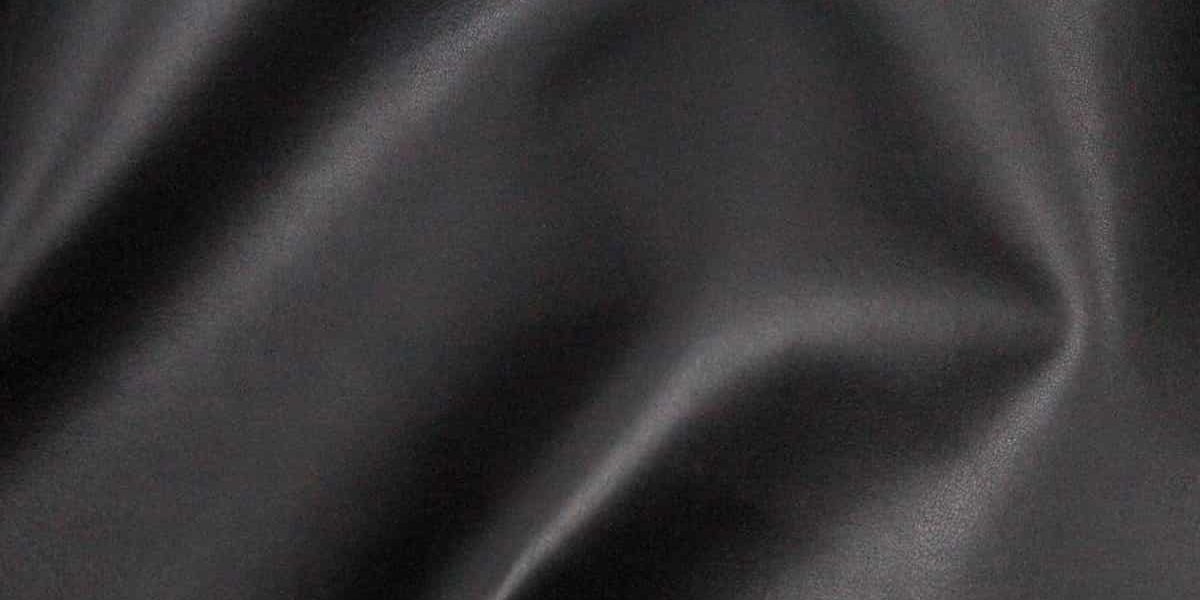 Vegan leather vs faux leather durability
Vegan leather vs faux leather durability
Synthetic leathers also deteriorate to an unsightly state with time, in contrast to real leather, which develops a patina with age and is widely seen as contributing to the leather's overall character. Real leather has pores that allow the skin to breathe, whereas faux leather, especially PVC-based faux leather, does not have pores. Faux leather is not breathable. Therefore, vegan leather might be difficult to wear for extended periods of time when it is fashioned into articles of apparel such as coats. In addition to concerns regarding the environment, purchasing items made of faux leather is often far more cost effective than purchasing items made from real leather. The reason for this is that the production of synthetic leather made of plastic is far less expensive than the production of leather made from real animals. The production of leather goods requires a high level of artistry, and bespoke leather items, such as sofas, jackets, and bags, can cost several thousand dollars. These rates are able to be demanded by the manufacturers since the products they produce are widely regarded as being of high quality and capable of withstanding harsh conditions.
is vegan leather waterproof
Because a layer of plastic is added during the production of vegan leather, the material already possesses the quality of being waterproof. This makes it simpler to clean by employing a gentle detergent or by merely wiping it down with a damp cloth. On the other hand, this also means that conditioning solutions cannot enter it to prevent it from drying out and cracking. This may occur if the imitation leather is left in the sunlight for a lengthy period of time, as well as if the material itself is of extremely poor quality. On the other hand, there are some things that can be purchased that will cover the surface of the plastic and, as a result, protect it from the potentially damaging effects of high temperatures and ultraviolet light. This kind of product can also help to contribute to the process of softening the material. 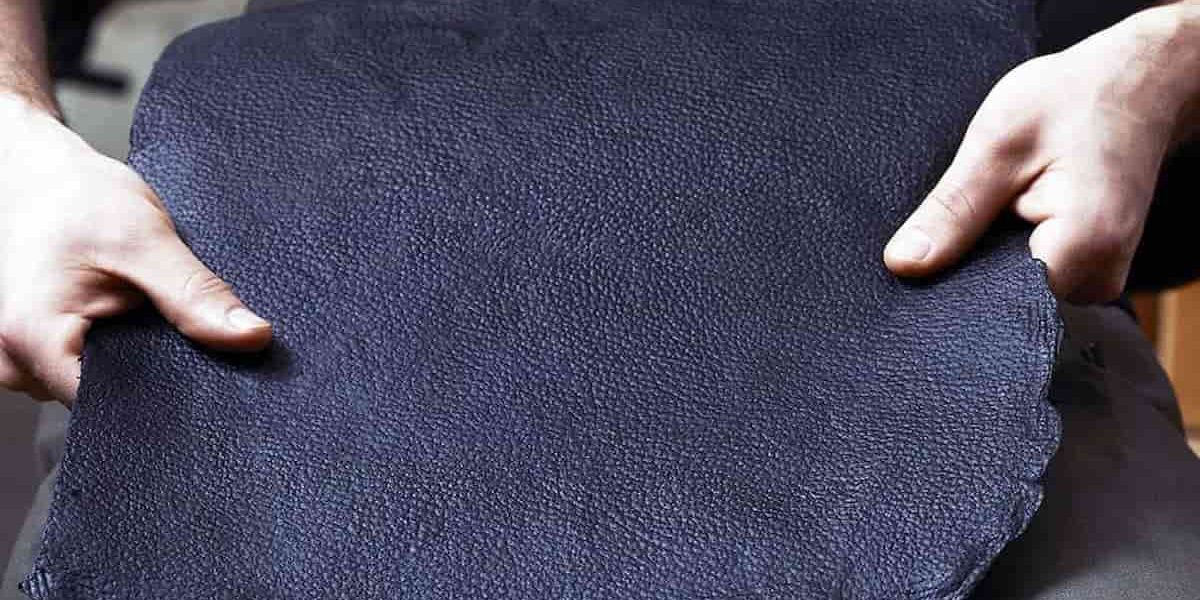
vegan leather products
When shopping for leather products that are vegan, there are a few things that you need to keep in mind to avoid making any mistakes. If it says on the label that it is PU-coated leather, then it is definitely not vegan! To finish everything off, we just applied some polyurethane (PU), which is exactly what it sounds like. If the description of an item indicates that it contains PU, you ought to think about some of the harmful effects that it could have on the environment. Polyurethane, another name for the substance from which PU is derived, is a type of plastic. PU leather is typically manufactured using processes that involve the use of chemicals that are hazardous to human health. These are hazardous to the environment, particularly our oceans, and should be avoided. In addition, certain inexpensive products made of PU leather are not very long-lasting, which means that they frequently wind up in landfills, where they take generations to decompose. The answer to the question of whether or not vegan leather is of high quality is contingent on the manufacturer as well as the product in question. A significant number of us have been purchasing synthetic leather from high street outlets for many years. Many closets throughout the world are stocked with cheaper vegan leather coats and imitation leather shoes as an alternative to real leather. The perception that genuine leather is of noticeably higher quality than its various imitations has been bolstered in part by a number of these things. On the other hand, there are a lot of products out there that are made of vegan leather, and many of them are of a quality that is comparable to or even better than traditional leather. 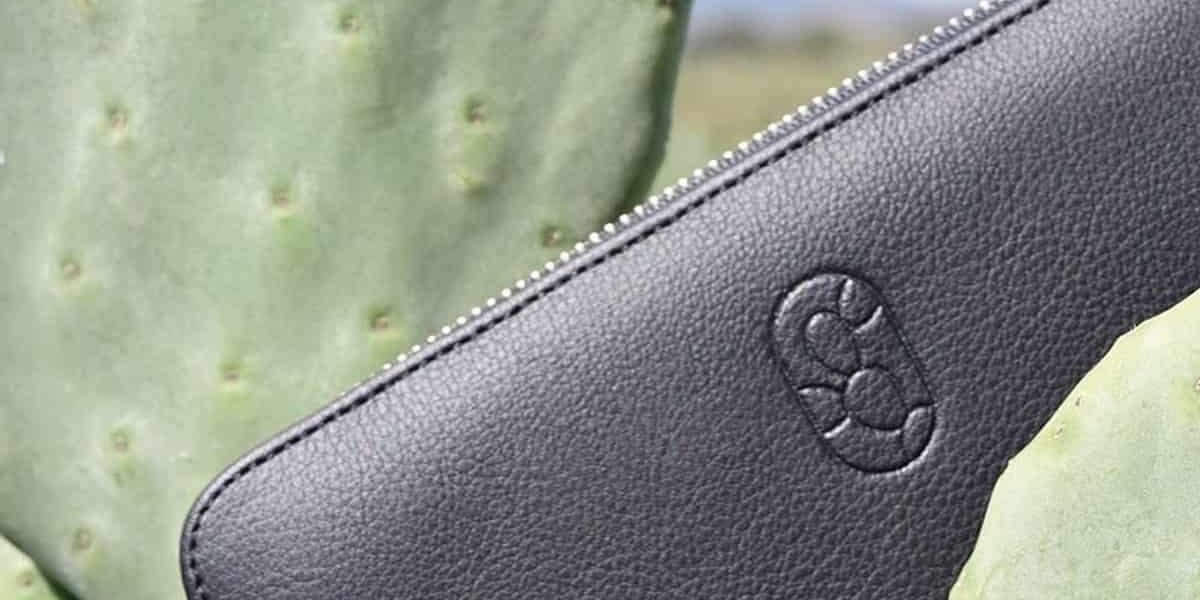
vegan leather vs real leather
have you ever wondered to know about real vs vegan leather? When it comes to leather care, one of the most frequent concerns I am asked is whether or not the same maintenance methods can be used for both real leather and faux leather made from vegan products. In addition to that, I have been asked questions about the differences between the two types of material. In this section, we will examine six of the most notable distinctions that exist between the two types of content. When it comes to the make-up of vegan leather, this is obviously not an exhaustive list, and I will admit that I have made some assumptions about its components. For the purposes of this study, I will refer to vegan leather as variations of PVC and PU because these are the primary compositions that can be purchased on the market at the present time. Nylon, polyester, and cotton are examples of common basic materials that are used in the production of vegan leather. After that, the base is coated with polyurethane (for PU) or polyvinyl chloride plus additional treatments, depending on the material being used (PVC). After that, additional processes can be carried out in either variant to provide the color and texture that is required. Although I am aware that there is a growing trend of vegan leather being made from natural materials such as plants and cork, my first-hand experience with such so-called leathers is relatively limited, and to the best of my knowledge, the majority of them are still coupled with plastics in any case. 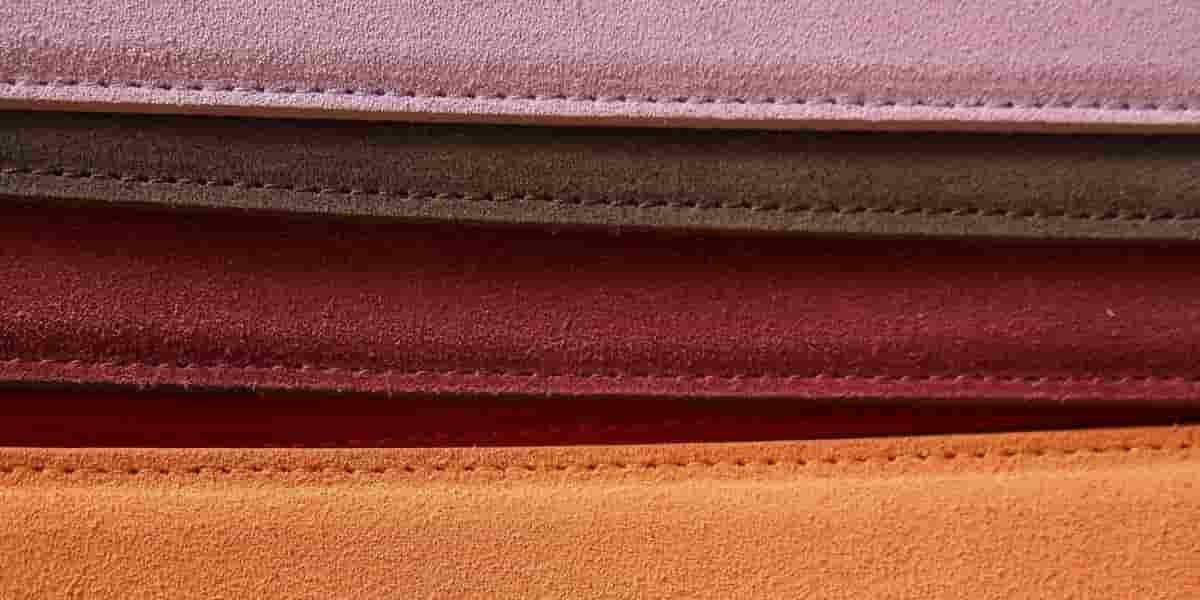 Despite this, I am aware that there is an uprising trend of vegan leather being made from natural materials. the following is a list that describes the six primary distinctions between real leather and vegan leather. -While genuine leather sometimes has visual flaws, vegan leather is typically more uniform in its finishing. -While vegan leather is less delicate in the short term, real leather has a longer lifespan and is more durable over time. -Real Leather must have Vegan leather requires specialized cleaning care, however, a wide variety of alcohol-based cleaning products can be used to clean it. -While vegan leather does not allow air to pass through, real leather does. -While genuine leather has a natural resistance to fire and heat, synthetic leather, often known as vegan leather, has the potential to melt and release toxic substances if it is exposed to fire. -Genuine Leather is Capable of Both Stretching and Contracting. An excessive amount of form manipulation can, of course, cause Vegan Leather's structure to become compromised.
Despite this, I am aware that there is an uprising trend of vegan leather being made from natural materials. the following is a list that describes the six primary distinctions between real leather and vegan leather. -While genuine leather sometimes has visual flaws, vegan leather is typically more uniform in its finishing. -While vegan leather is less delicate in the short term, real leather has a longer lifespan and is more durable over time. -Real Leather must have Vegan leather requires specialized cleaning care, however, a wide variety of alcohol-based cleaning products can be used to clean it. -While vegan leather does not allow air to pass through, real leather does. -While genuine leather has a natural resistance to fire and heat, synthetic leather, often known as vegan leather, has the potential to melt and release toxic substances if it is exposed to fire. -Genuine Leather is Capable of Both Stretching and Contracting. An excessive amount of form manipulation can, of course, cause Vegan Leather's structure to become compromised. 
leather vegan disadvantages
leather vegan has some disadvantages. Faux leather is another name for vegan leather, which is a material that looks and feels like leather but is not actually made from the skin of animals. The manufacture of vegan leather is not beneficial to either humans or the environment as a result of the chemicals and poisons that are contained in the plastics that are used to make them. However, the use of vegan leather represents a significant benefit for animal rights advocates. When PVC-based synthetics are manufactured or discarded, hazardous dioxins are released into the environment. These dioxins have been linked to a variety of health problems, including cancer and problems with development and regeneration. When comparing vegan leather to genuine leather, quality and durability are also extremely important variables to take into consideration. Vegan leather is typically quite a bit more lightweight and substantially thinner than genuine leather.  This makes it an excellent material for design and fashion as it is typically easier to work with. Because of that aspect, it also has a lower level of durability. When properly cared for, real leather of a respectable quality can endure for several years. Authentic leather has pores that allow the skin to relax and breathe through them, whereas faux leather does not. This is another disadvantage of faux leather, particularly PVC-based faux leather, which is not breathable. When worn for a lengthy amount of time, clothing items made of vegan leather, such as coats and shoes, can be quite uncomfortable. Additionally, it may cause you to sweat excessively and may cause your feet to smell bad. When deciding whether or not to purchase or support a product, you should carefully consider whether or not it offers you a greater number of advantages than it does disadvantages. You always have the option to avoid using and purchasing a product that has a higher potential for adverse effects on either you or the environment. Keep in mind that there is a wide variety of options from which you can select.
This makes it an excellent material for design and fashion as it is typically easier to work with. Because of that aspect, it also has a lower level of durability. When properly cared for, real leather of a respectable quality can endure for several years. Authentic leather has pores that allow the skin to relax and breathe through them, whereas faux leather does not. This is another disadvantage of faux leather, particularly PVC-based faux leather, which is not breathable. When worn for a lengthy amount of time, clothing items made of vegan leather, such as coats and shoes, can be quite uncomfortable. Additionally, it may cause you to sweat excessively and may cause your feet to smell bad. When deciding whether or not to purchase or support a product, you should carefully consider whether or not it offers you a greater number of advantages than it does disadvantages. You always have the option to avoid using and purchasing a product that has a higher potential for adverse effects on either you or the environment. Keep in mind that there is a wide variety of options from which you can select.


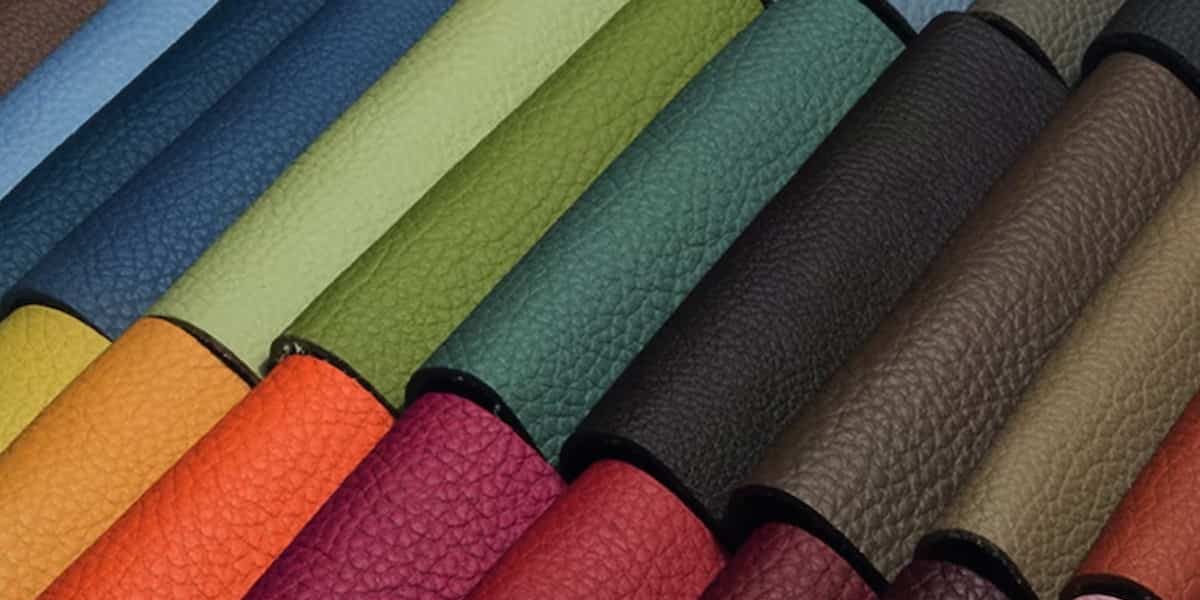

0
0